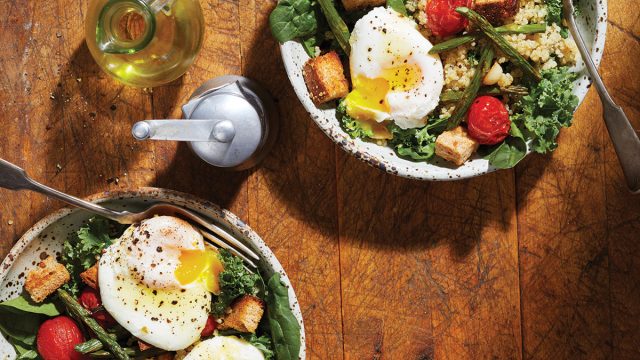This article is about the food preparation method. For the food created using this method commonly called “pickles” in pickled crab apples United States and Canada, see pickled cucumber. Pickling is the process of preserving or extending the shelf life of food by either anaerobic fermentation in brine or immersion in vinegar. A distinguishing characteristic is a pH of 4.
5 or lower, which is sufficient to kill most bacteria. Pickling can preserve perishable foods for months. When both salt concentration and temperature are low, Leuconostoc mesenteroides dominates, producing a mix of acids, alcohol, and aroma compounds. At higher temperatures Lactobacillus plantarum dominates, which produces primarily lactic acid. Pickling likely first originated in ancient Mesopotamia around 2400 BCE. There is archaeological evidence of cucumbers being pickled in the Tigris Valley in 2030 BCE.
Pickling was used as a way to preserve food for out-of-season use and for long journeys, especially by sea. Salt pork and salt beef were common staples for sailors before the days of steam engines. Although the process was invented to preserve foods, pickles are also made and eaten because people enjoy the resulting flavors. The English term “pickle” comes from the Dutch word “pekel” which refers to the brine. Canada, and sometimes Australia and New Zealand, the word pickle alone almost always refers to a pickled cucumber, except when it is used figuratively. It may also refer to other types of pickles such as “pickled onion”, “pickled cauliflower”, etc.

Historic Indosphere cultural influence zone of Greater India for transmission of elements of Indian culture including food, e. In Sri Lanka, achcharu is traditionally prepared from carrots, onions, and ground dates that are mixed with mustard powder, ground pepper, crushed ginger, garlic, and vinegar, and left to sit in a clay pot. This section does not cite any sources. Singapore, Indonesian and Malaysian pickles, called acar, are typically made out of cucumber, carrot, bird’s eye chilies, and shallots, these items being seasoned with vinegar, sugar and salt. Fruits, such as papaya and pineapple, are also sometimes pickled. In the Philippines, pickling is a common method of preserving food, with many commonly eaten foods pickled, traditionally done using large earthen jars. The process is known as buro or binuro.
Pickling was a common method of preserving a large variety of foods like fish throughout the archipelago before the advent of refrigeration, but its popularity is now confined to vegetables and fruits. Nghệ An and Hã Tĩnh provinces made from jackfruit. In Burma, tea leaves are pickled to produce lahpet, which has strong social and cultural importance. Kimchi is a very common side dish in Korea. A wide variety of foods are pickled throughout East Asia. The Korean staple kimchi is usually made from pickled napa cabbage and radish, but is also made from green onions, garlic stems, chives and a host of other vegetables. Jangajji is another banchan consisting of pickled vegetables.
